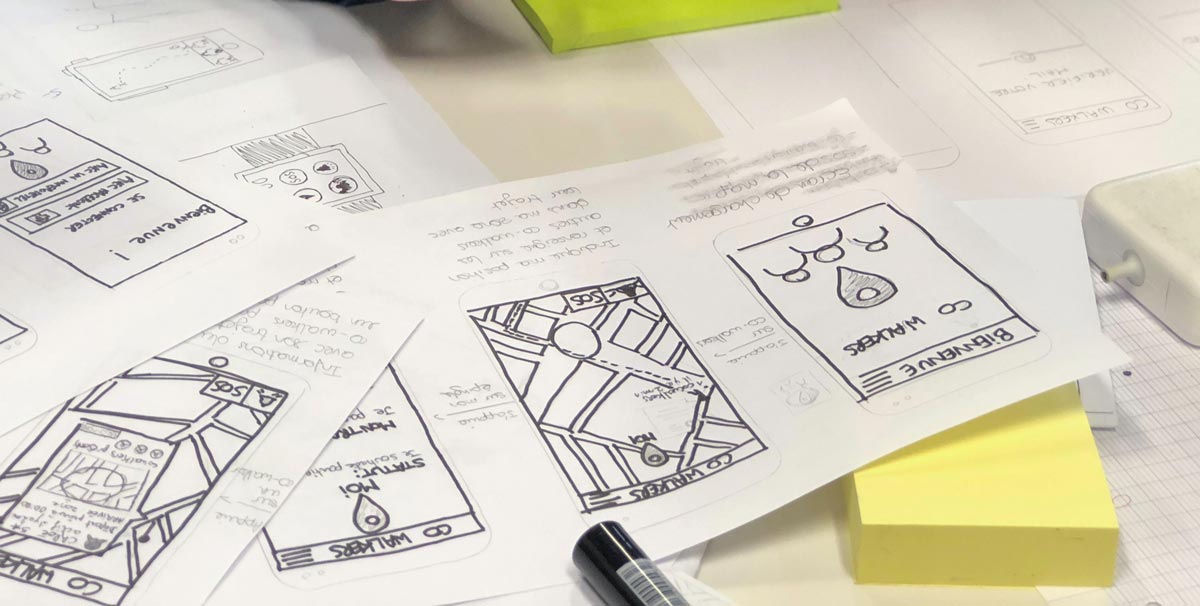What Can You Prototype?
When people hear the word “prototype,” they often think of complex gadgets or machines with lots of wires. However, prototyping is much more than that. It involves creating and testing early versions of your idea to help you refine and develop it further.
You can prototype anything, from a new product to a service, or even a process. The key is to adopt a mindset focused on learning and improvement.
Stages of Prototyping
Prototyping isn’t just about building something once and perfecting it. It’s about creating multiple iterations, learning from each one, and making continuous improvements. Here’s a breakdown of the stages:
- Explore: In the early stages, move your idea from an abstract concept to a simple, tangible form. This could be a sketch, a basic model, or a rough digital mockup.
- Learn: Once you have a basic prototype, test it to understand how people interact with it. This helps you learn how your idea might actually work in the real world.
- Test: As your idea develops, use prototypes to answer specific questions. For example, you might test different features or designs to see which ones users prefer.
Why Prototype?
Prototyping is essential because it allows you to:
- Fail Early, Succeed Sooner: It’s better to identify and fix issues early on rather than after full development.
- Gather Real Feedback: People respond more accurately to tangible prototypes than to abstract ideas.
- Iterate Quickly: Rapid prototyping helps you refine your idea through trial and error, reducing risk.
Examples of Prototyping
- Cooking: A chef creating a new dish might prepare different versions and gather feedback before adding it to the menu.
- Work Processes: You can prototype your work schedule by trying different meeting formats or times to see what works best.
- Healthcare: Kaiser Permanente’s Garfield Innovation Center uses replicas of hospital rooms and technology simulations to improve healthcare processes safely.
Prototyping in Practice
Consider these examples:
- Ted’s Grocery Store Idea: Ted builds a mini store to observe how people learn while shopping. This is in the learning stage.
- Dan’s Self-Brewing Mug: Dan tapes together a straw, paper cup, and funnel to visualize his idea. This is in the exploration stage.
- Kit’s App for Dating and Volunteering: Kit creates a website to gauge interest in her app. This is in the testing stage.
Getting Started with Prototyping
You don’t need a complete idea to begin prototyping. Even a simple sketch can be a starting point. Here are some steps to start prototyping:
- Pick an Aspect to Prototype: Decide what you want to prototype, such as a meeting format.
- Try Different Versions: Think of two ways to approach it. For example, conduct meetings standing up or with a 10-minute time limit.
- Schedule Your Tests: Choose two days to try each version.
- Gather Feedback: Identify someone to provide feedback, such as a coworker or even yourself.
Prototype Plan Example
“I want to prototype how I do meetings. I’ll conduct them standing up on Tuesday and use a 10-minute time limit on Thursday. I’ll get feedback from my assistant.”
By following these steps, you can use prototyping to refine your ideas, improve processes, and ultimately create better products and services.





